Home>Garden Essentials>When Do You Plant Lavender Seeds
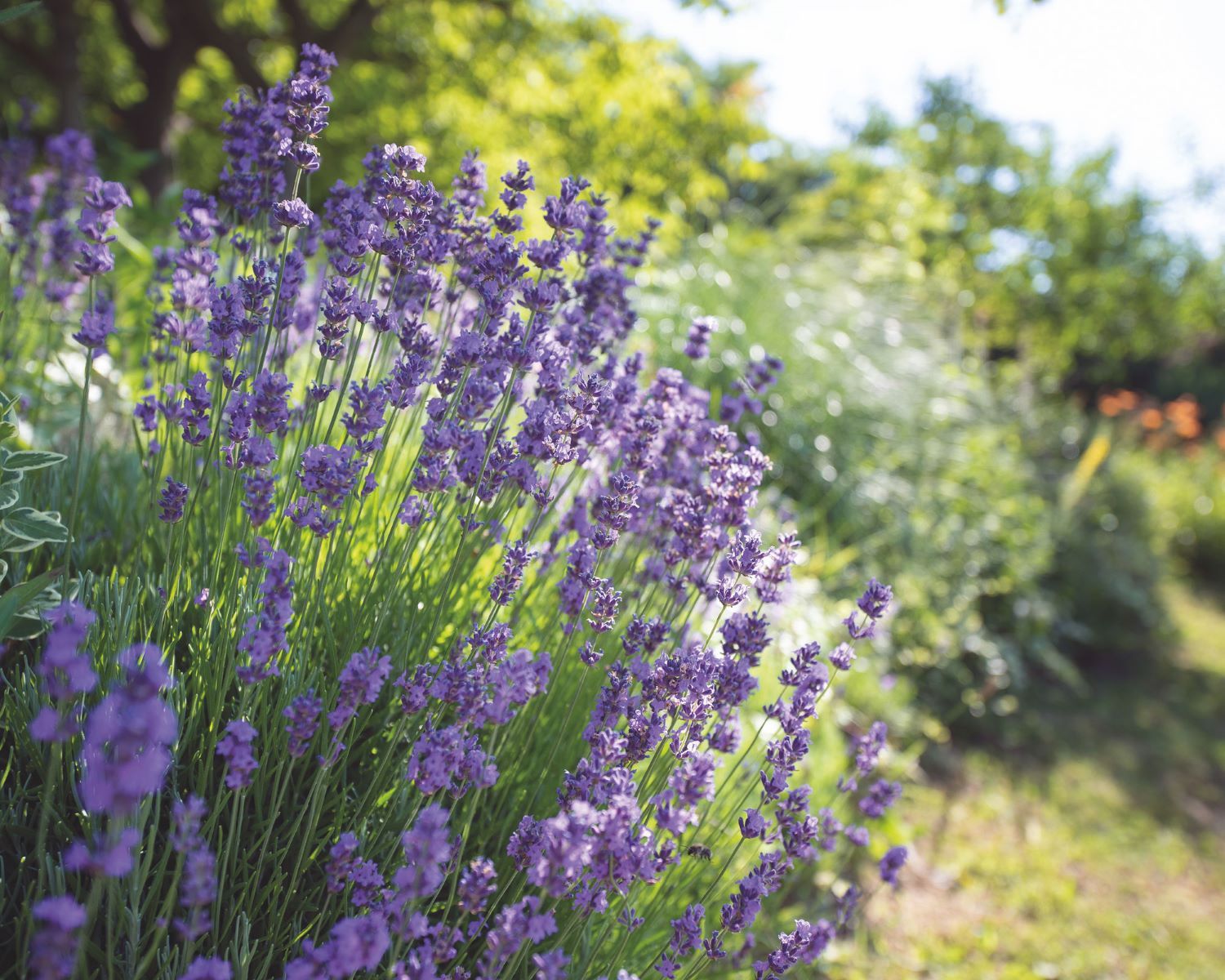

Garden Essentials
When Do You Plant Lavender Seeds
Modified: March 16, 2024
Discover the best time to plant lavender seeds in your garden. Learn expert tips and techniques for successful lavender cultivation.
(Many of the links in this article redirect to a specific reviewed product. Your purchase of these products through affiliate links helps to generate commission for Storables.com, at no extra cost. Learn more)
Introduction
Welcome to the world of gardening where beautiful blooms and aromatic scents await you. If you’re looking to add a touch of elegance and tranquility to your garden, then planting lavender seeds is the perfect choice. Lavender is not only known for its vibrant purple flowers but also for its delightful fragrance and numerous health benefits.
Before you dive into the exciting process of planting lavender seeds, there are a few important factors to consider. Understanding these factors will ensure that your lavender seeds have the best chance of thriving and producing gorgeous blooms.
In this article, we will explore the factors to consider before planting lavender seeds, the best time to plant them, step-by-step instructions for planting, caring for lavender seedlings, common problems and troubleshooting, and finally, how to harvest lavender. So let’s get started on this lavender-filled journey!
Key Takeaways:
- Plant lavender seeds in spring or early summer for best results. Consider climate, soil, sunlight, and spacing to create an optimal growing environment. Follow step-by-step instructions for planting and caring for lavender seedlings.
- Harvest lavender blooms when flower buds have opened but before wilting. Dry the stems upside down in a cool, dark, well-ventilated space for 2-4 weeks. Use dried lavender for herbal sachets, potpourri, and more.
Read more: How Deep Do You Plant Lavender Seeds
Factors to Consider Before Planting Lavender Seeds
Before you embark on planting lavender seeds, it’s essential to consider a few crucial factors that can greatly impact the success of your lavender plants. By understanding these factors and making the necessary preparations, you can ensure that your lavender seeds have the best possible chance of flourishing.
- Climate: Lavender is native to the Mediterranean region and thrives in sunny, dry climates. It prefers mild winters and hot summers. If you live in an area with a different climate, you may need to take extra precautions or even consider growing lavender as an indoor plant.
- Soil: Lavender prefers well-draining soil with a pH level between 6.5 and 7.5. It does not tolerate heavy clay or waterlogged soil. To improve drainage, you can amend the soil with sand or gravel before planting.
- Sunlight: Lavender requires at least 6 to 8 hours of direct sunlight daily. Choose a planting location that receives ample sunlight to ensure optimal growth and flowering.
- Watering: Lavender is drought-tolerant and dislikes excessive watering. Overwatering can lead to root rot and other fungal diseases. Once established, lavender plants only require occasional watering.
- Space: Lavender plants need room to grow and spread. Ensure that you provide enough space for each plant to reach its full potential. This will help prevent overcrowding and improve air circulation.
- Pests and Diseases: While lavender is relatively pest and disease-resistant, it can still be vulnerable to issues such as aphids, root rot, and fungal diseases. Regularly inspect your plants and take necessary measures to prevent or treat any problems that may arise.
- Companion Planting: Consider planting lavender alongside other compatible plants. Lavender can attract beneficial insects like bees and butterflies, and its scent can help repel certain pests.
By taking these factors into account, you can create an optimal growing environment for your lavender seeds. Making the necessary adjustments and preparations beforehand will greatly increase the chances of success and ensure that your lavender plants thrive for years to come.
Best Time to Plant Lavender Seeds
The timing of when you plant your lavender seeds can greatly affect their growth and overall success. Lavender plants are hardy and resilient, but they still have specific requirements when it comes to the ideal planting time. Understanding the best time to plant lavender seeds will ensure that your seeds have the best chance of germinating and thriving.
In general, it is recommended to plant lavender seeds in the spring or early summer. This allows the seeds to take advantage of the warm soil and ample sunlight as they germinate and establish themselves.
The exact timing may vary depending on the climate zone you live in. If you are in a region with mild winters and hot summers, such as the Mediterranean climate, you can start planting lavender seeds in late winter or early spring when the soil begins to warm up.
If you live in a colder climate with harsh winters, it is better to wait until after the last frost has passed to plant your lavender seeds. Cool soil and frost can hamper the germination process and potentially damage the young seedlings. Wait until the soil has warmed up, usually in late spring or early summer, to give your lavender seeds the best chance of success.
It’s important to note that lavender seeds can also be started indoors several weeks before the last frost date. This allows you to give them a head start and transplant the seedlings outdoors once the weather has warmed up. When starting seeds indoors, use a well-draining seed-starting mix and provide adequate light and warmth.
Remember to check the specific instructions on the seed packet or consult with a local gardening expert for the best planting times in your area. They will have valuable knowledge about the climate and growing conditions specific to your region.
By planting your lavender seeds at the optimal time, you are setting the stage for healthy growth and abundant blooms. The right timing, coupled with proper care and maintenance, will ensure that your lavender plants become a stunning addition to your garden.
Steps for Planting Lavender Seeds
Now that you have considered the necessary factors and determined the best time to plant your lavender seeds, it’s time to get your hands dirty and start the planting process. Follow these simple steps to ensure a successful start for your lavender seeds:
- Prepare the soil: Choose a location with well-draining soil. If the soil is heavy or clay-based, amend it with sand or gravel to improve drainage.
- Sow the seeds: Sprinkle the lavender seeds sparingly over the prepared soil surface. Avoid overcrowding by leaving a few inches between each seed.
- Lightly cover the seeds: Gently press the seeds into the soil using your fingers or a light layer of additional soil. Lavender seeds require light to germinate, so avoid burying them too deeply.
- Water the seeds: Moisten the soil with a gentle spray of water. Avoid overwatering, as excess moisture can lead to seed rot. Maintain a moist but not saturated environment for the seeds.
- Provide warmth and sunlight: Place the planting tray or pots in a warm location with ample sunlight. A temperature range of 70-80°F (21-27°C) is ideal for germination.
- Monitor and maintain moisture: Check the soil regularly and water as needed to keep it consistently moist. Avoid letting the soil completely dry out or become overly saturated.
- Transplant seedlings: Once the lavender seedlings have developed their first set of true leaves and are sturdy enough, typically after 8-10 weeks, they can be transplanted into individual pots or into a well-prepared garden bed.
- Space the plants: If planting multiple lavender plants, ensure they are spaced at least 12-18 inches apart to allow for proper air circulation and growth.
- Continue care and maintenance: Water the transplanted seedlings regularly, but be mindful of not overwatering. Lavender prefers slightly drier conditions once established.
- Prune and shape: As your lavender plants grow, trim back any leggy or overcrowded growth. This will help maintain a healthy shape and encourage bushier growth.
By following these step-by-step instructions, you’ll be well on your way to successfully growing lavender from seeds. Patience and consistent care will be rewarded with beautiful lavender plants that will bring joy to both your eyes and nose.
You can plant lavender seeds in the spring, after the last frost has passed. Lavender seeds need warm soil to germinate, so wait until the soil temperature is around 70°F (21°C). Plant the seeds in well-draining soil and place them in a sunny spot. Keep the soil moist but not waterlogged until the seeds germinate.
Caring for Lavender Seedlings
Once your lavender seedlings have been transplanted into their individual pots or garden bed, it’s essential to provide them with the proper care and attention they need to thrive. Here are some important tips for caring for your lavender seedlings:
- Watering: While lavender is drought-tolerant, it’s crucial to keep the seedlings consistently moist during their early stages of growth. Water them deeply once a week, allowing the soil to dry out slightly between waterings. Avoid overwatering, as lavender is susceptible to root rot in waterlogged soil.
- Sunlight: Lavender thrives in full sunlight, so ensure that your seedlings receive at least 6 to 8 hours of direct sunlight each day. Place them in a sunny location or use grow lights if you’re growing them indoors.
- Pruning: Prune the lavender seedlings once they have developed a few sets of leaves. Pinch off the top inch of growth to encourage bushier and more compact plants. Repeat this process throughout the growing season to maintain their shape and prevent legginess.
- Fertilization: Lavender generally doesn’t require much fertilization. However, if your soil lacks nutrients, you can apply a balanced organic fertilizer once or twice during the growing season. Be cautious not to over-fertilize, as this can lead to excessive leaf growth and reduced flower production.
- Weed control: Keep the area around your lavender seedlings free from weeds, as competition for nutrients can hinder their growth. Regularly weed the soil around the plants and mulch lightly to suppress weed growth.
- Winter protection: In regions with cold winters, lavender seedlings may need some protection. Applying a layer of mulch around the base of the plants can help insulate the roots and prevent frost damage. Alternatively, you can grow lavender in pots and bring them indoors during the winter months.
- Pest control: Lavender is generally resistant to pests, but you may occasionally encounter aphids or other common garden pests. Monitor your plants regularly and use organic pest control methods if necessary.
Remember that lavender is a resilient plant and can tolerate some neglect, but providing the optimal care will result in healthier, more vigorous plants with abundant blooms and a stronger fragrance. Keep a close eye on your lavender seedlings and adjust your care routine accordingly to ensure their long-term success.
Read more: When Do You Plant Carrot Seeds
Common Problems and Troubleshooting
While lavender is generally a hardy and low-maintenance plant, it can still encounter a few common problems. Understanding these issues and knowing how to troubleshoot them will help you keep your lavender plants healthy and thriving. Here are some common problems you may encounter:
- Poor drainage: Lavender plants are highly susceptible to root rot if they are grown in soil that doesn’t drain well. To prevent this, ensure that the soil is well-draining. Amend heavy clay soil with sand or gravel to improve drainage.
- Overwatering: Lavender is drought-tolerant and does not like excessive moisture. Overwatering can lead to root rot and other fungal diseases. Allow the soil to dry out slightly between waterings, and be cautious not to water the foliage.
- Pests: While lavender is generally resistant to pests, aphids can sometimes become a problem. If aphids appear, you can try spraying the plants with a mixture of water and a mild soap solution to control them. Ladybugs and beneficial insects can also help keep aphids under control.
- Fungal diseases: Lavender can be susceptible to fungal diseases such as root rot, powdery mildew, and gray mold. To prevent these diseases, avoid overwatering and provide adequate airflow around the plants. Remove any infected plant material and treat affected plants with an appropriate fungicide if necessary.
- Winter damage: In colder climates, lavender can suffer from winter damage due to freezing temperatures and wet soil. To protect your lavender plants from winter damage, mulch around the base of the plants with a layer of straw or pine needles. Consider covering the plants with burlap or moving potted lavender indoors during harsh winters.
- Leggy growth: If your lavender plants become leggy or have excessive growth, it may be due to insufficient sunlight. Ensure that your plants receive at least 6 to 8 hours of direct sunlight each day. Prune the plants regularly to maintain a compact and bushy shape.
Regular inspection and prompt action are key to preventing and managing these common problems. By addressing issues early on, you can keep your lavender plants healthy and vibrant throughout the growing season.
If you are uncertain about the cause of any issues or need additional guidance, don’t hesitate to consult with a local gardening expert or reach out to a horticulture extension office in your area. They can provide specific advice tailored to your region and help you troubleshoot any problems you may encounter.
Harvesting Lavender
One of the most rewarding aspects of growing lavender is being able to harvest its delightful blooms and enjoy their beauty and fragrance. Knowing when and how to harvest lavender properly will ensure that you maximize its aromatic qualities and create wonderful lavender-based products. Here’s a guide to harvesting lavender:
Lavender blooms at different times depending on the variety and climate. Harvesting is typically done when the flower buds have opened but before the blooms start to wilt. This is when the essential oils in the flowers are at their peak concentration.
Here are the steps to harvest your lavender:
- Choose the right time: Wait until the morning hours when the dew has dried off the flowers but before the sun becomes too hot. This is when the scent of the lavender is the strongest.
- Gather your tools: Prepare a pair of sharp garden scissors or pruning shears and a basket or bucket to collect the harvested lavender.
- Harvest the stems: Cut the lavender stems just above the lower set of leaves, leaving a length of about 6-8 inches. This ensures that you collect enough flowers but still leave enough foliage on the plant to promote healthy growth.
- Bunch the stems: Gather a few stems, around 20-30, and tie them together with a rubber band or twine. This makes it easier to handle and hang the lavender for drying.
- Drying the lavender: Hang the lavender bundles upside down in a cool, dark, and well-ventilated space, such as a shed or dry attic. Leave them to air dry for 2-4 weeks until the flower buds are crispy and dry to the touch.
- Strip the flowers: Once the lavender stems are fully dried, gently strip the flower buds from the stems. Store the dried lavender flowers in airtight containers away from direct sunlight.
Now that you have harvested and dried your lavender, the possibilities are endless. You can use dried lavender flowers to make herbal sachets, potpourri, lavender oil, or as a fragrant addition to baked goods and teas.
Remember to always leave some flowers on the plant, allowing them to mature and produce seeds for next year’s lavender crop. Proper harvesting and drying techniques will ensure that you can enjoy the aromatic and therapeutic benefits of lavender year-round.
Conclusion
Congratulations! You have reached the end of our journey into the world of planting and caring for lavender seeds. Throughout this article, we have explored the factors to consider before planting lavender seeds, the best time to plant them, step-by-step instructions for planting, caring for lavender seedlings, common problems and troubleshooting, and how to harvest lavender.
Lavender is a versatile and enchanting plant that can add beauty, fragrance, and even health benefits to your garden. By understanding the specific needs of lavender and providing the right growing conditions, you can watch your lavender seeds transform into flourishing plants with vibrant blooms.
Remember the key factors to consider – climate, soil, sunlight, watering, and spacing – as you embark on your lavender gardening adventure. And don’t forget the importance of ongoing care, including pruning, fertilizing (in moderation), and proper pest and disease control.
Harvesting your lavender is a rewarding experience in itself, allowing you to capture its delightful aroma and use it in various DIY projects and culinary endeavors.
Whether you choose to grow lavender for its beauty, aromatic properties, or for its numerous health benefits, you are sure to enjoy the journey of nurturing this remarkable plant.
So go ahead, get your hands in the soil, sow those lavender seeds, and watch in awe as they transform into a stunning display of purple blossoms. Dive into the world of lavender gardening and create your own fragrant oasis, where beauty and tranquility coexist harmoniously.
Happy gardening!
Frequently Asked Questions about When Do You Plant Lavender Seeds
Was this page helpful?
At Storables.com, we guarantee accurate and reliable information. Our content, validated by Expert Board Contributors, is crafted following stringent Editorial Policies. We're committed to providing you with well-researched, expert-backed insights for all your informational needs.
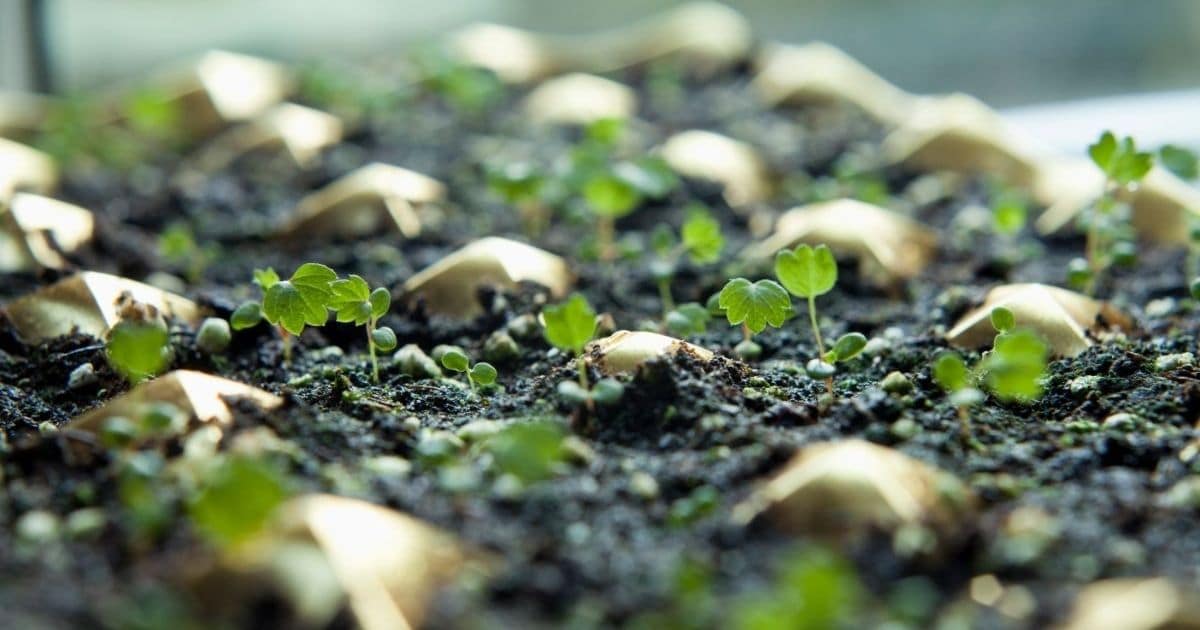
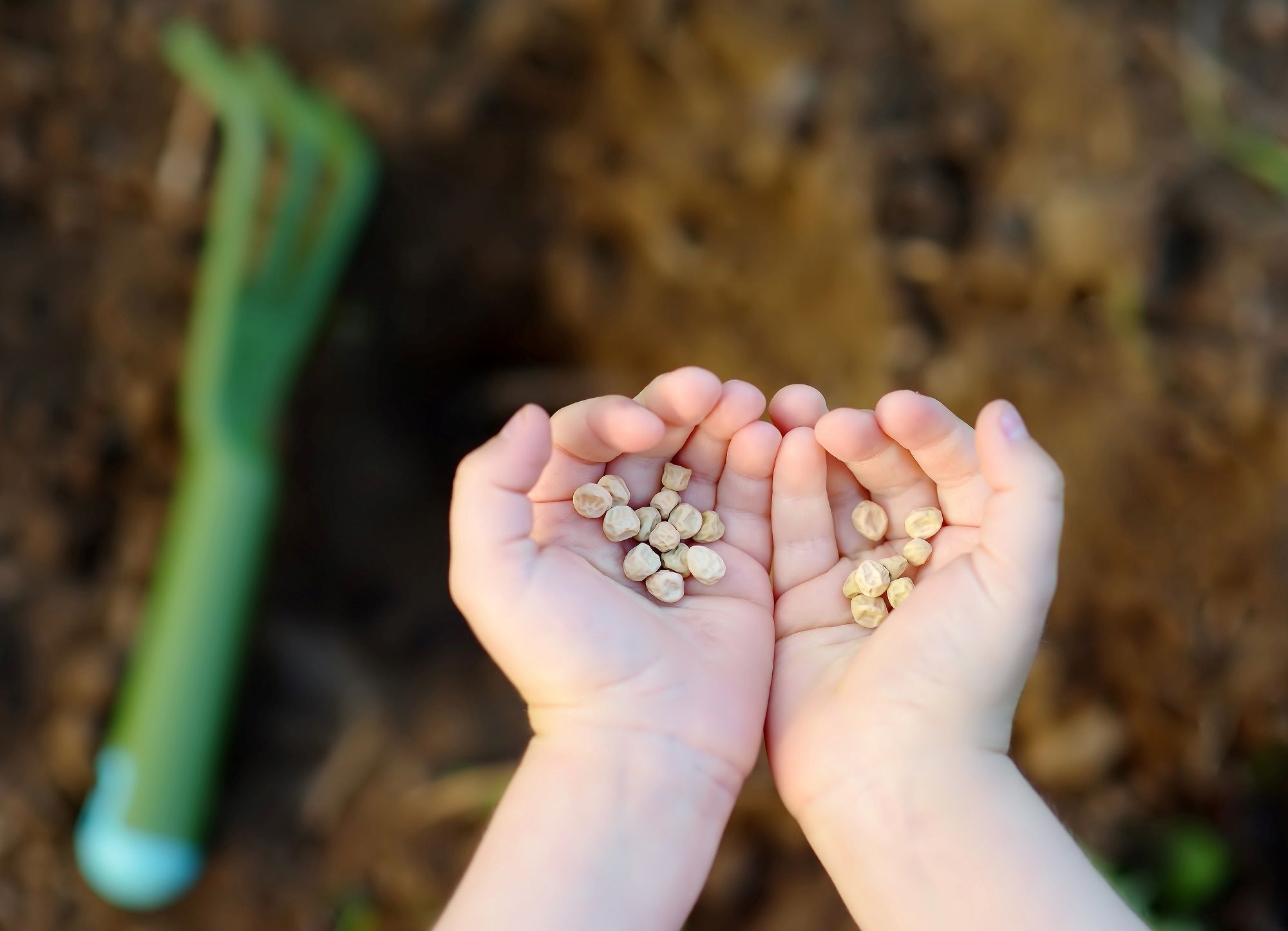
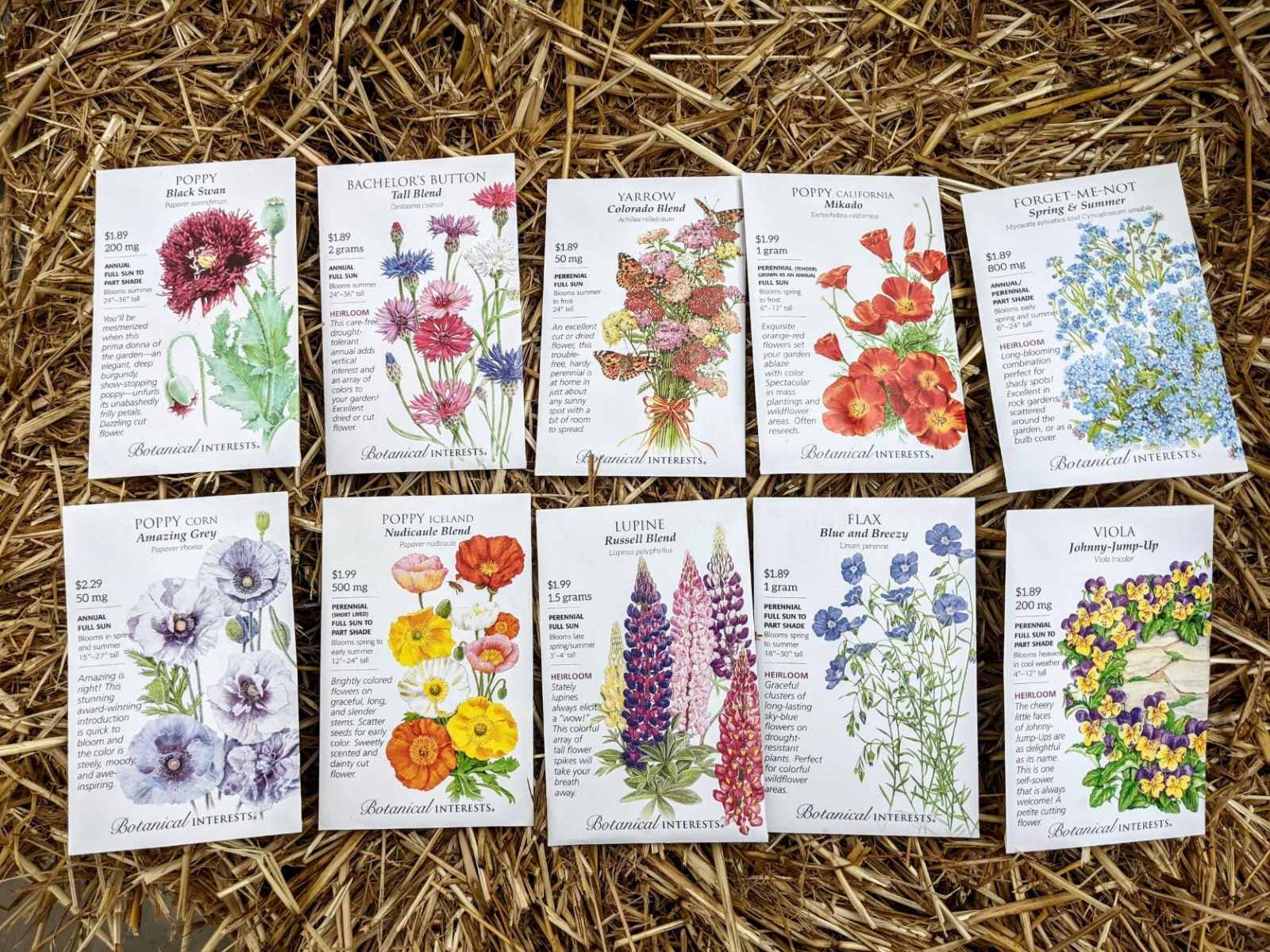
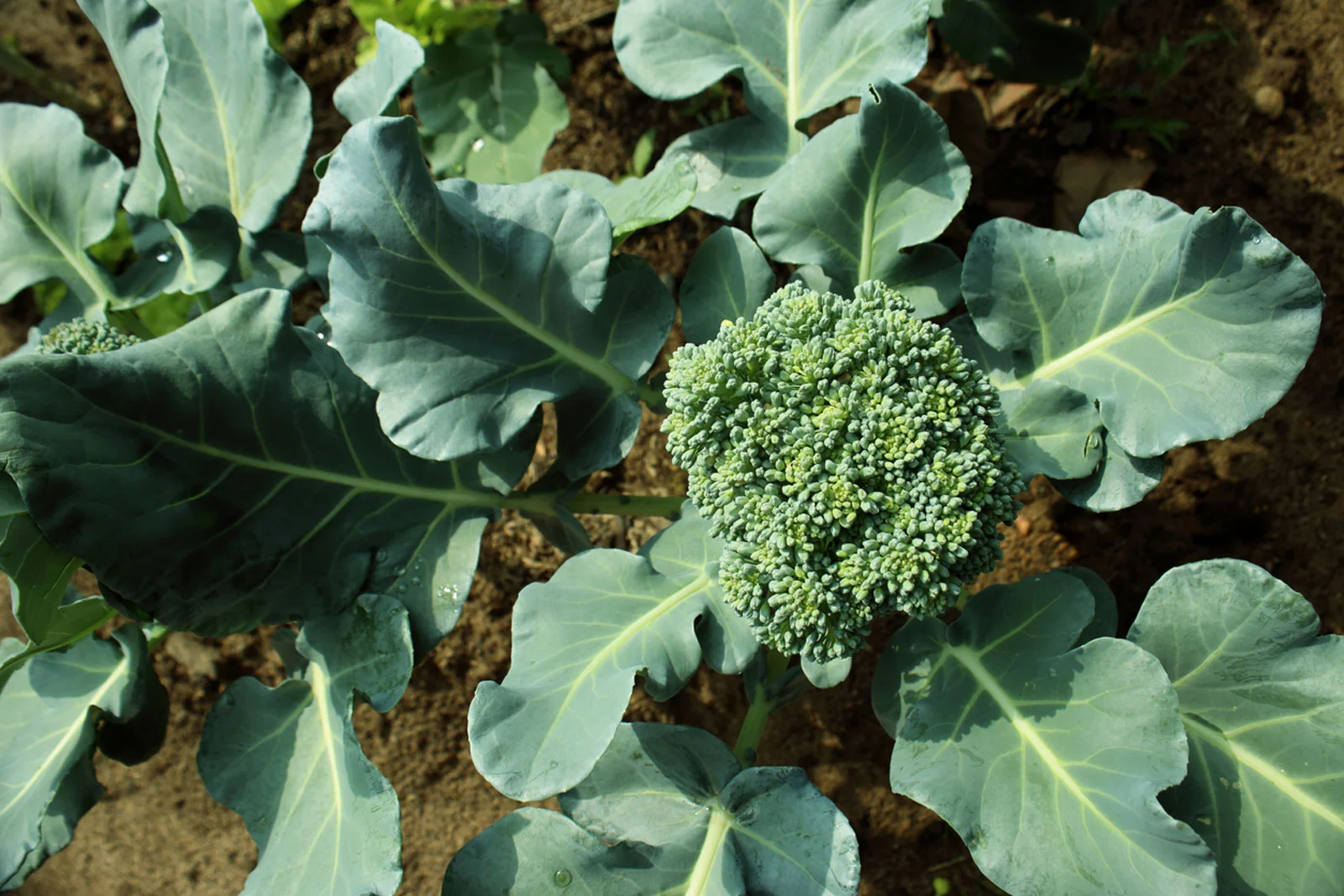
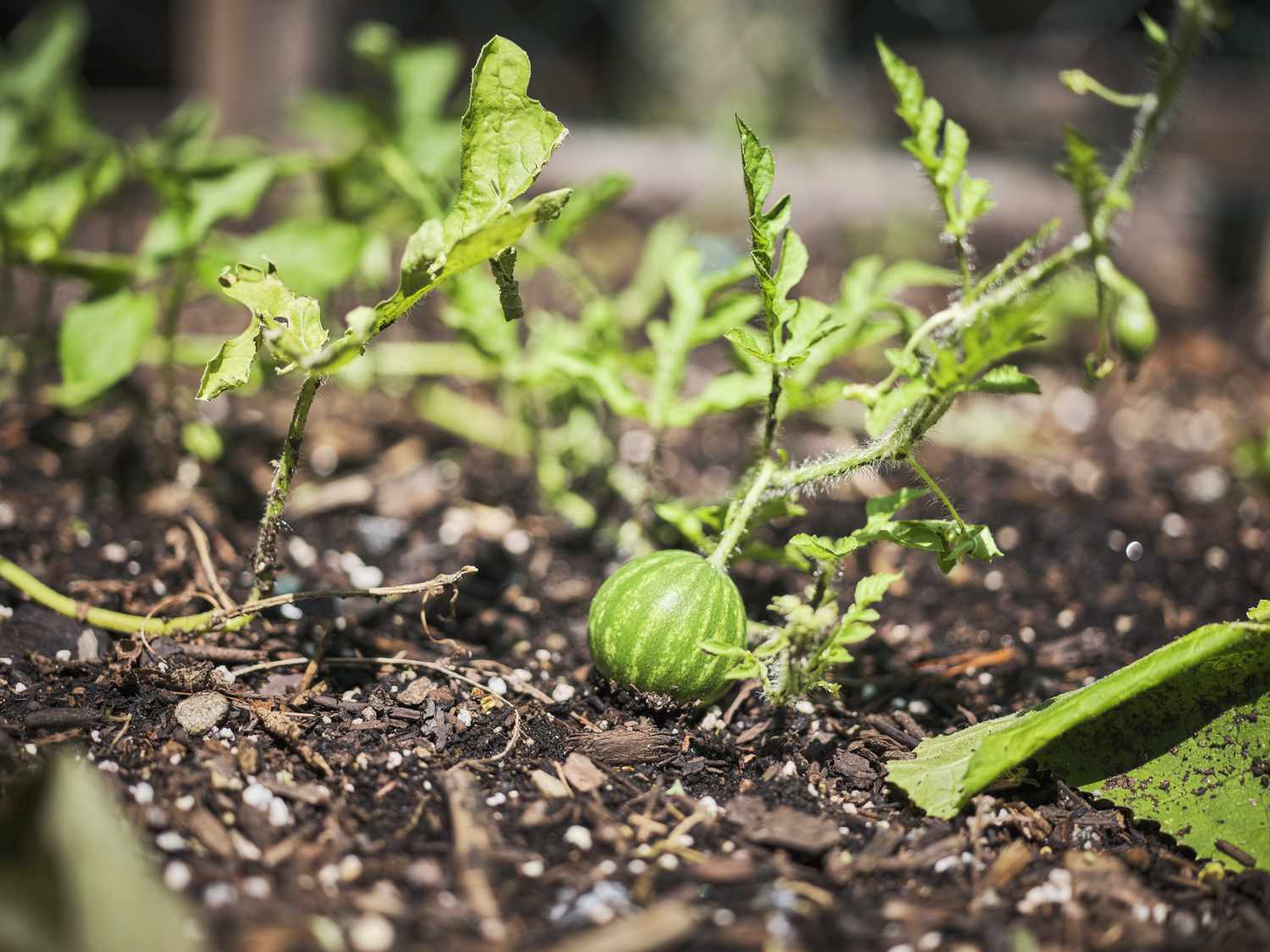
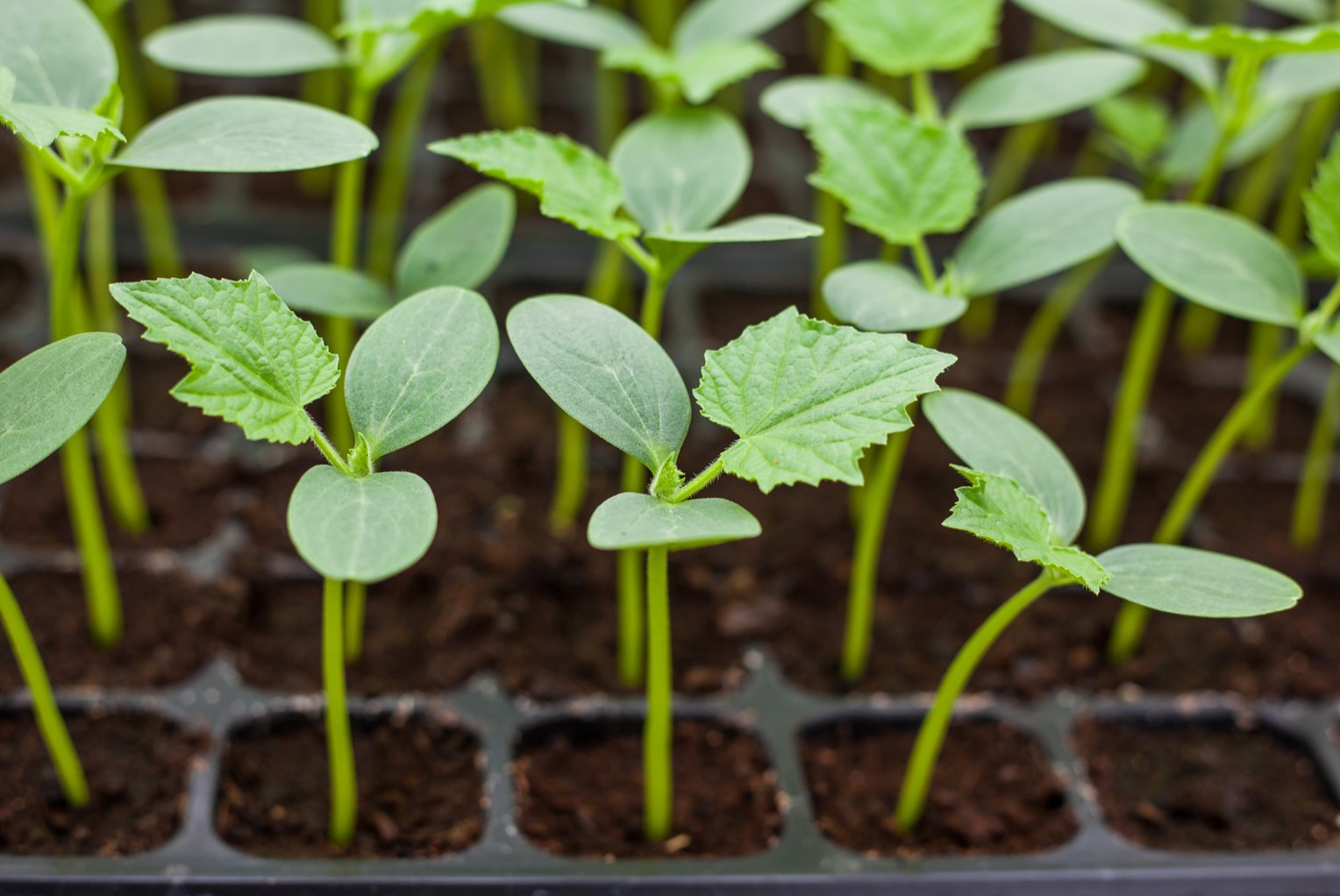
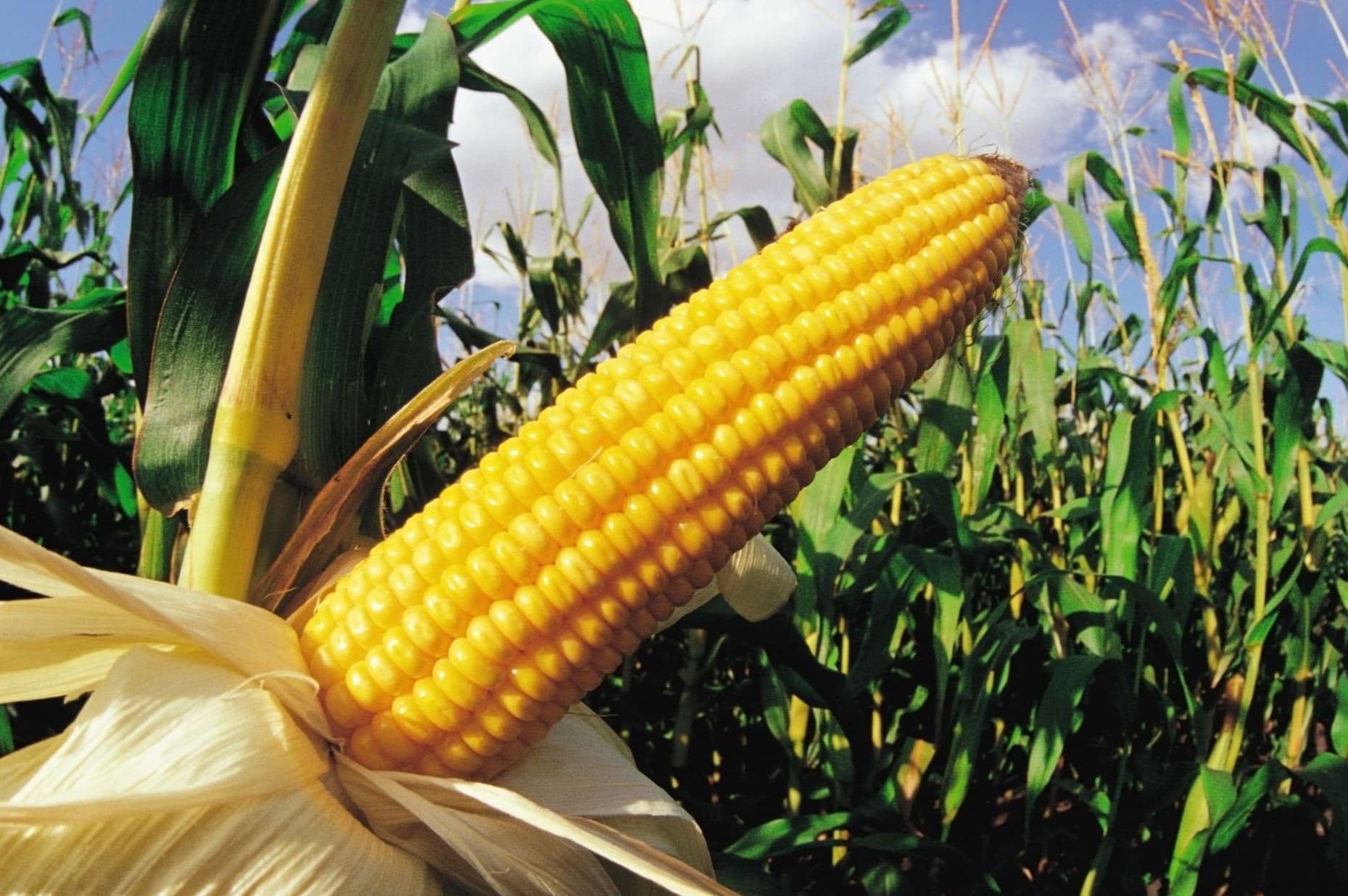
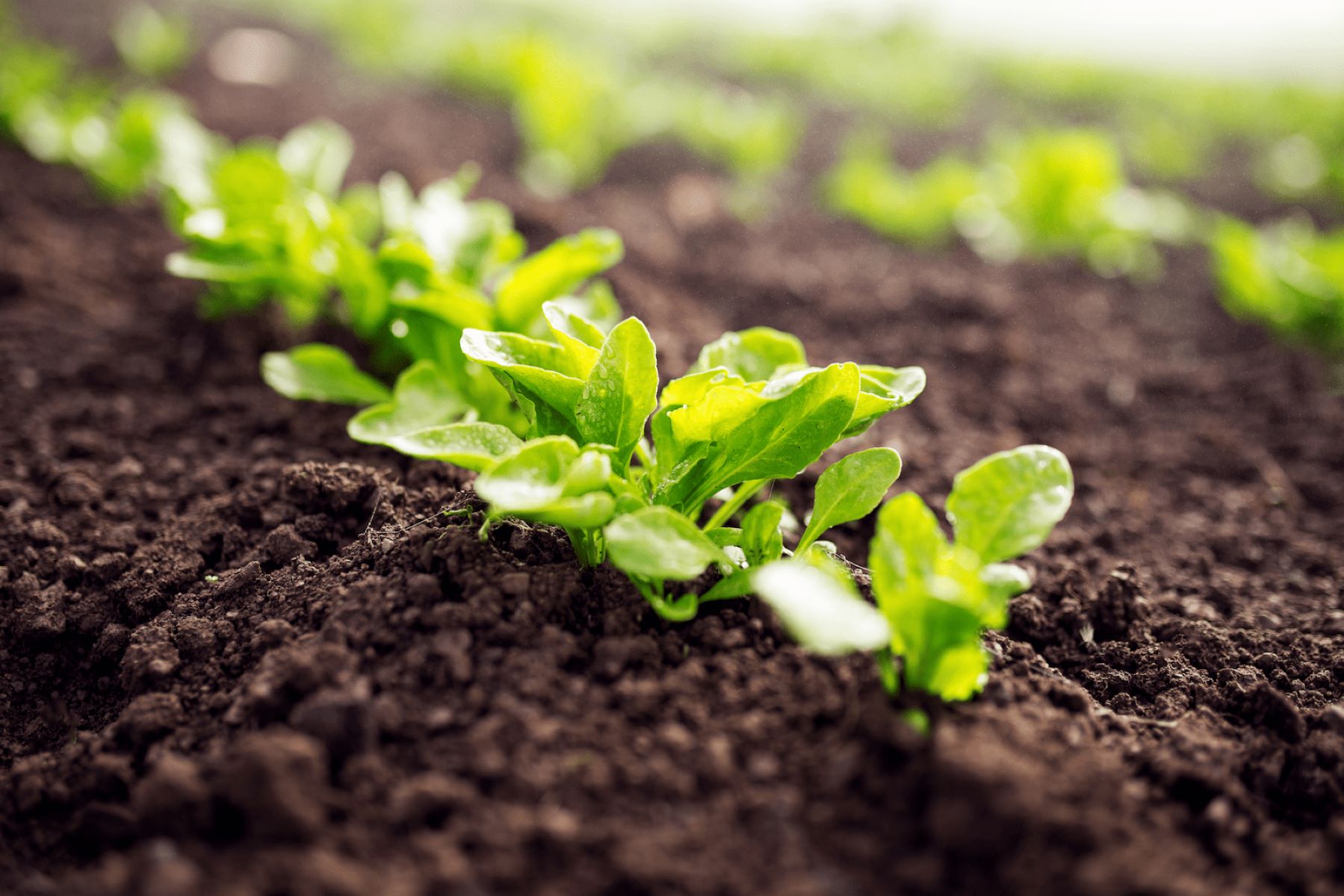
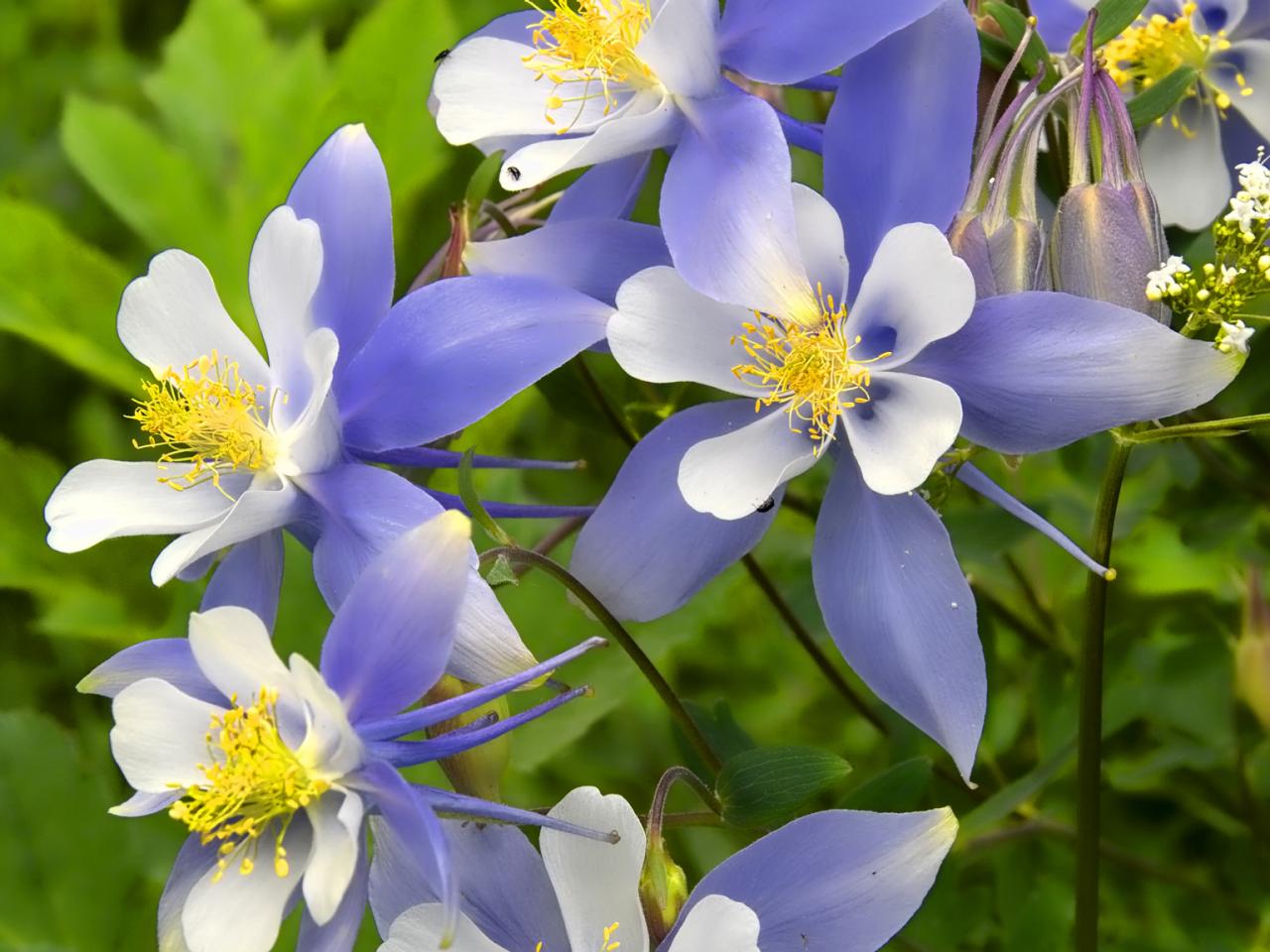
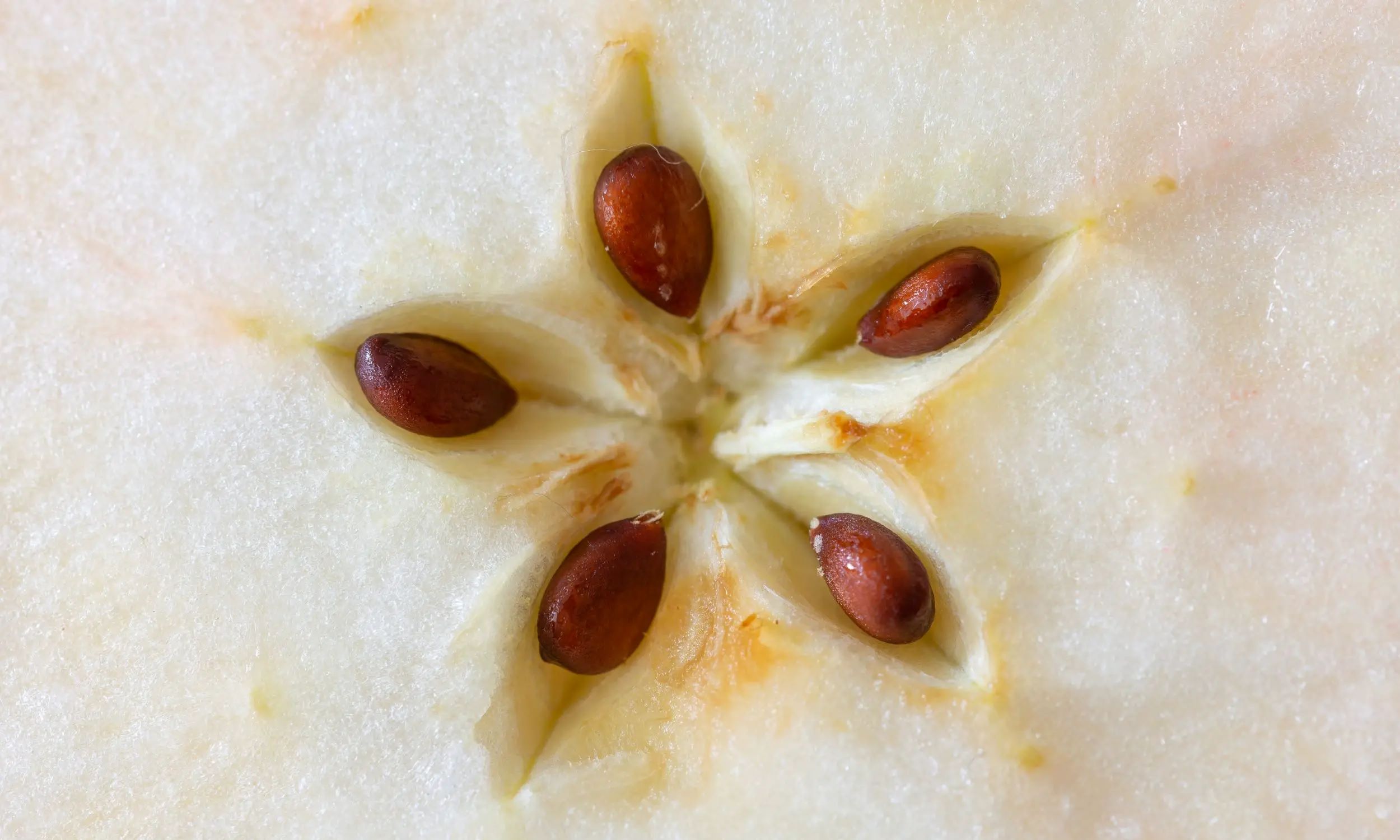
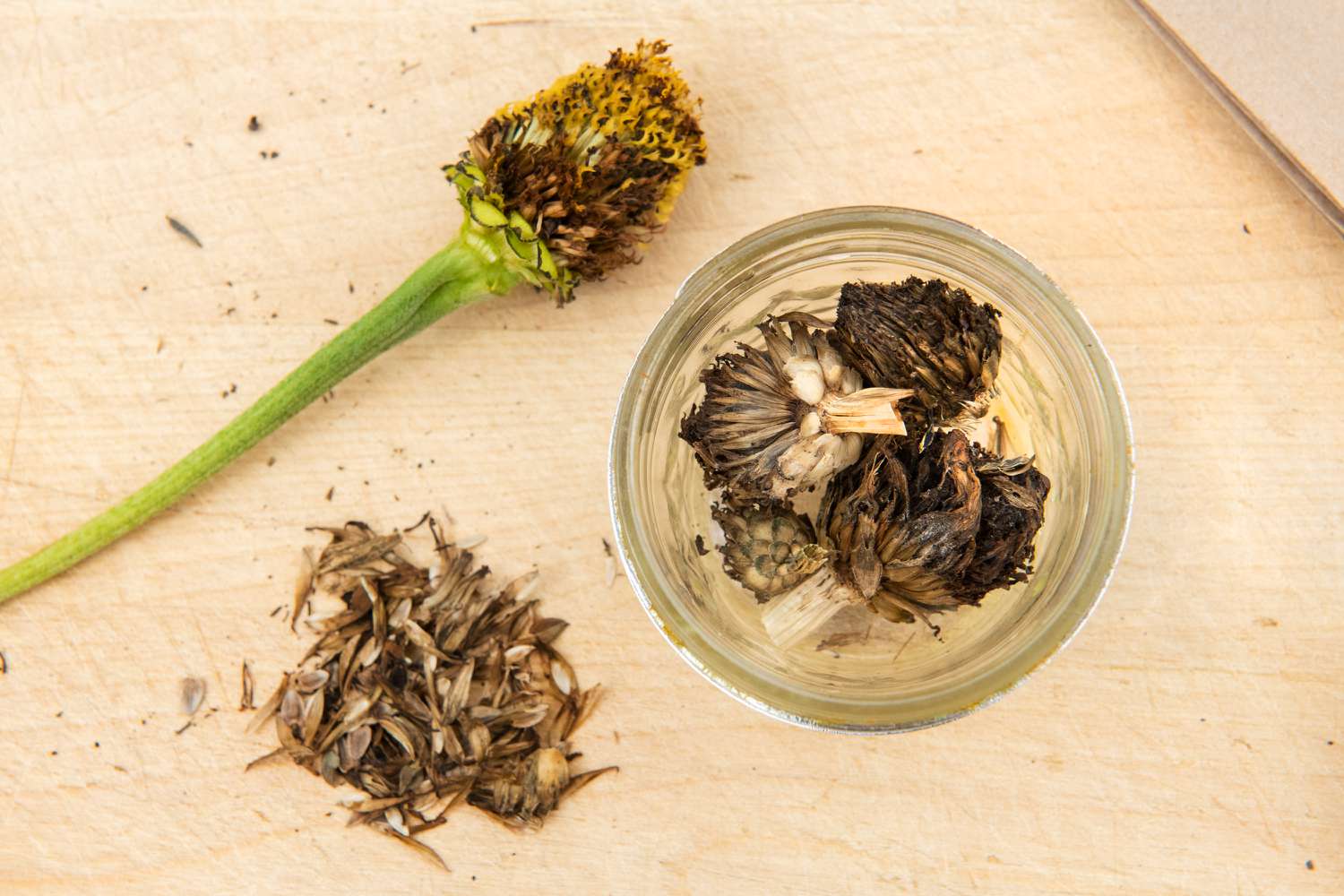
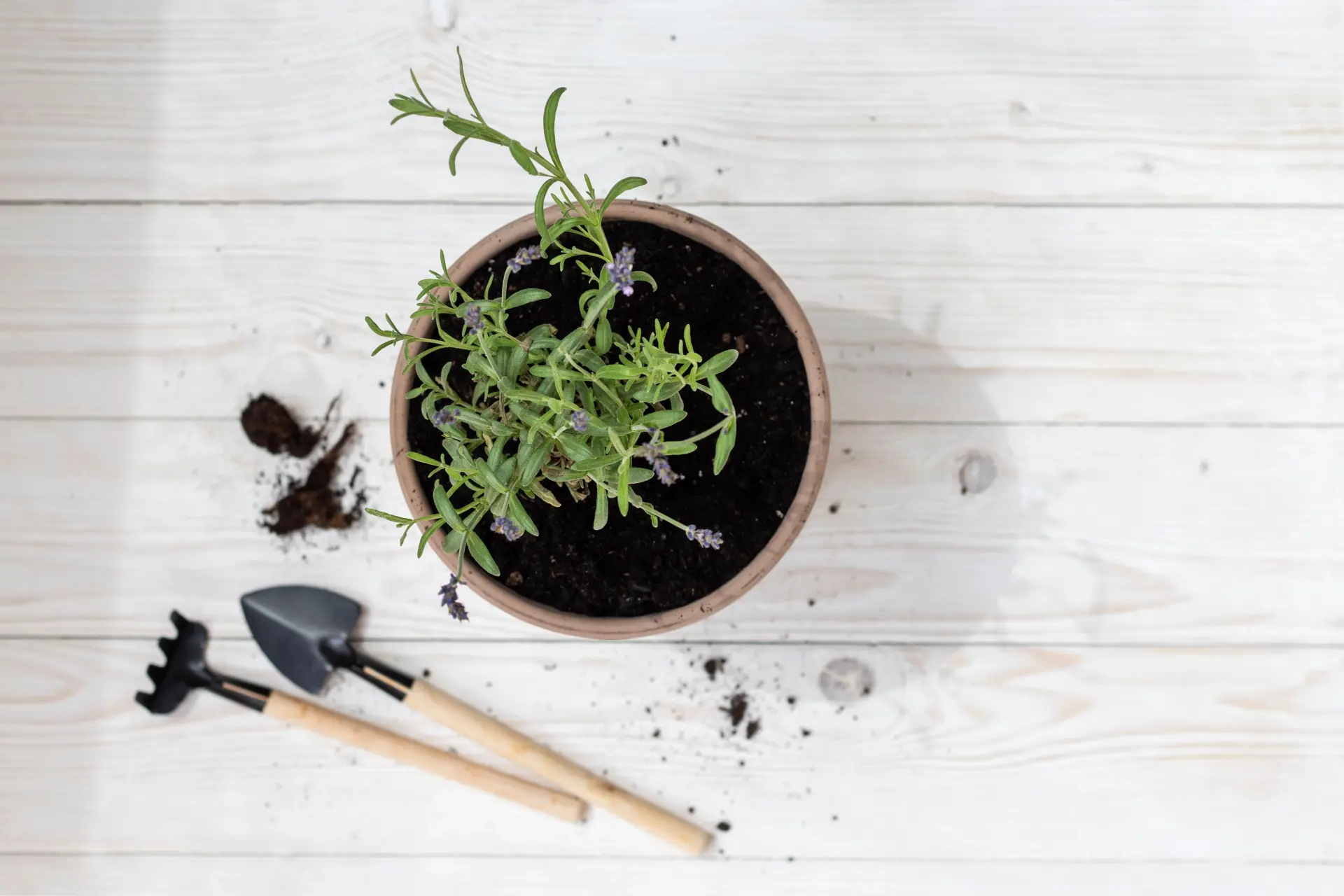
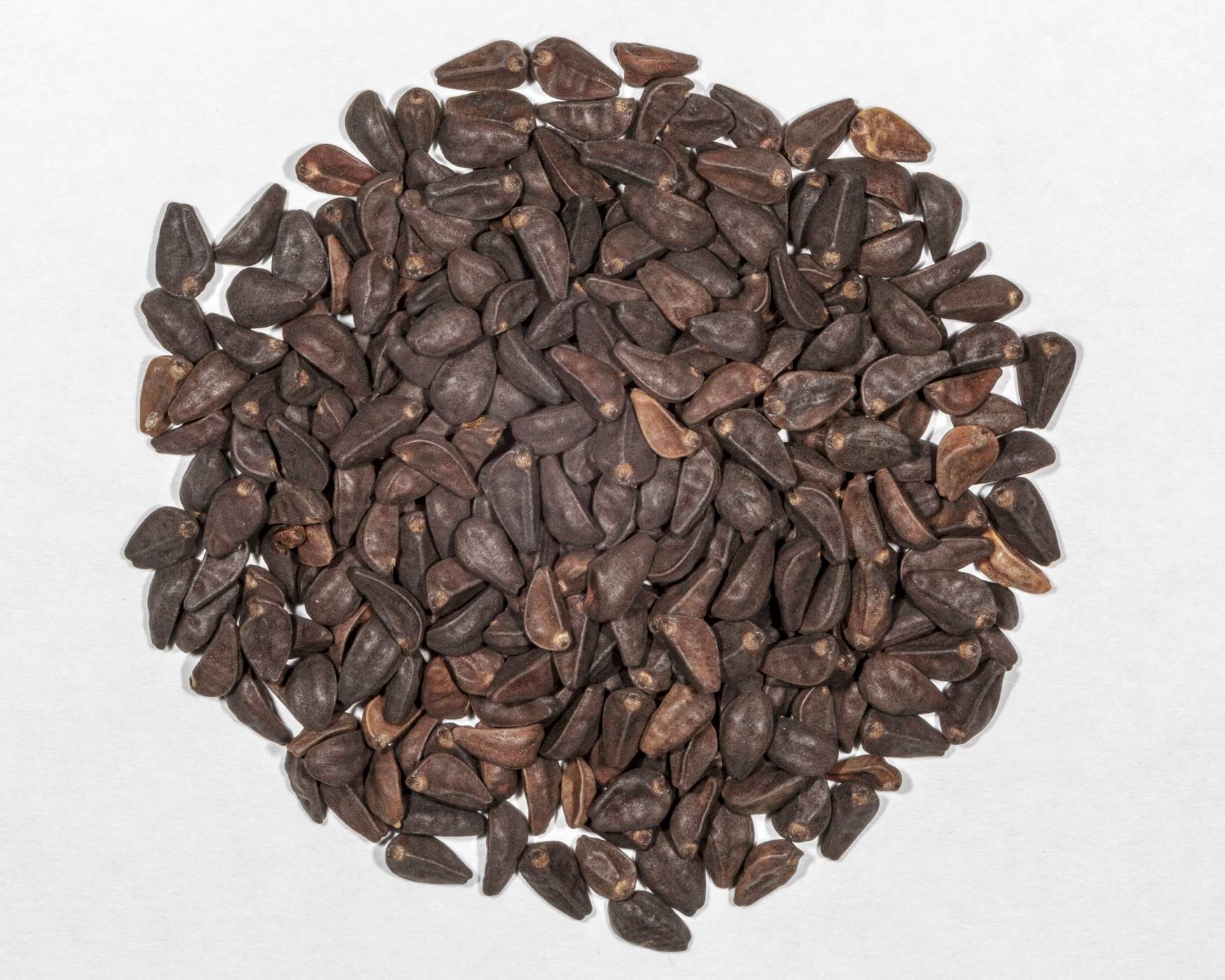
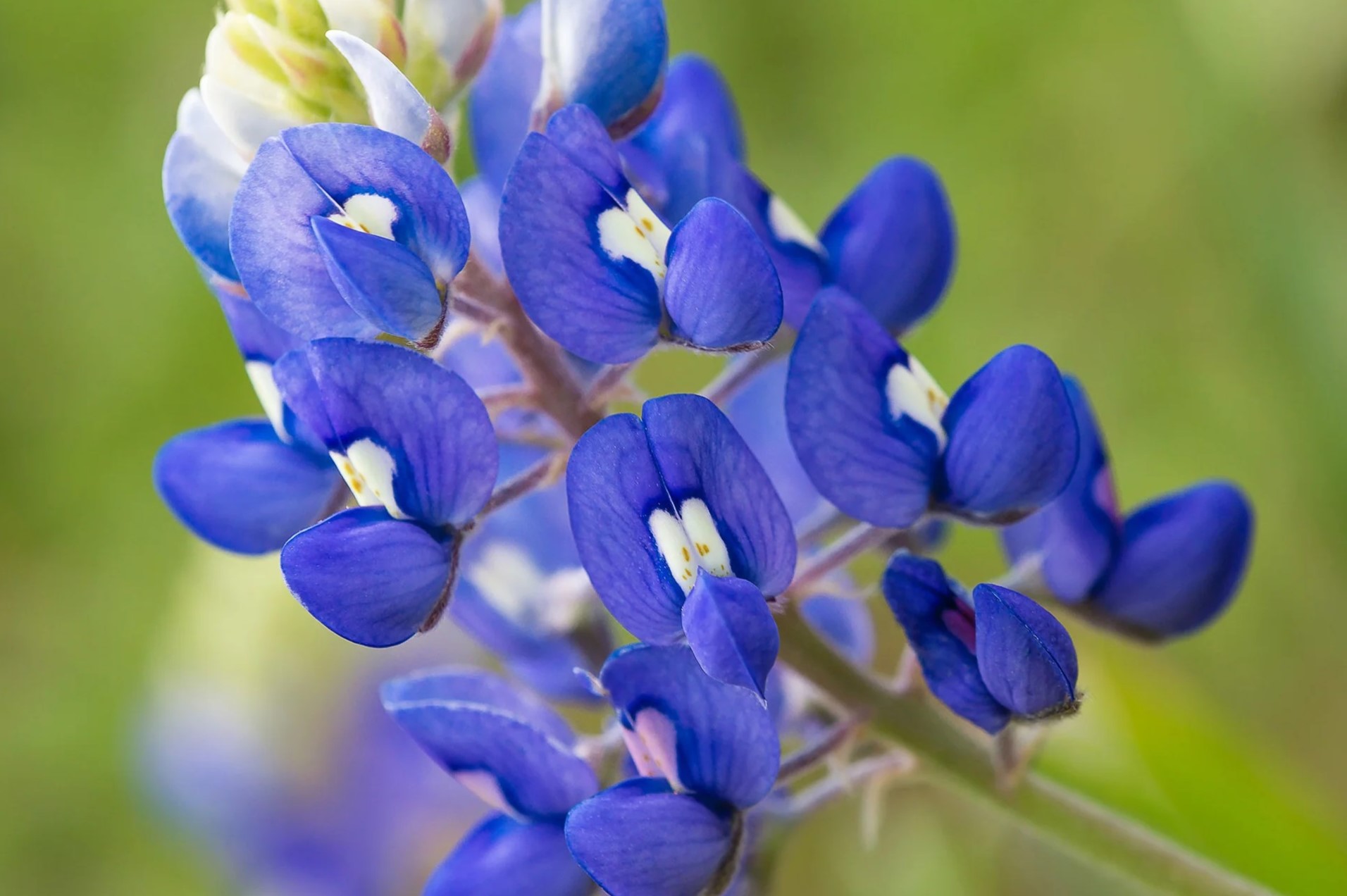

0 thoughts on “When Do You Plant Lavender Seeds”